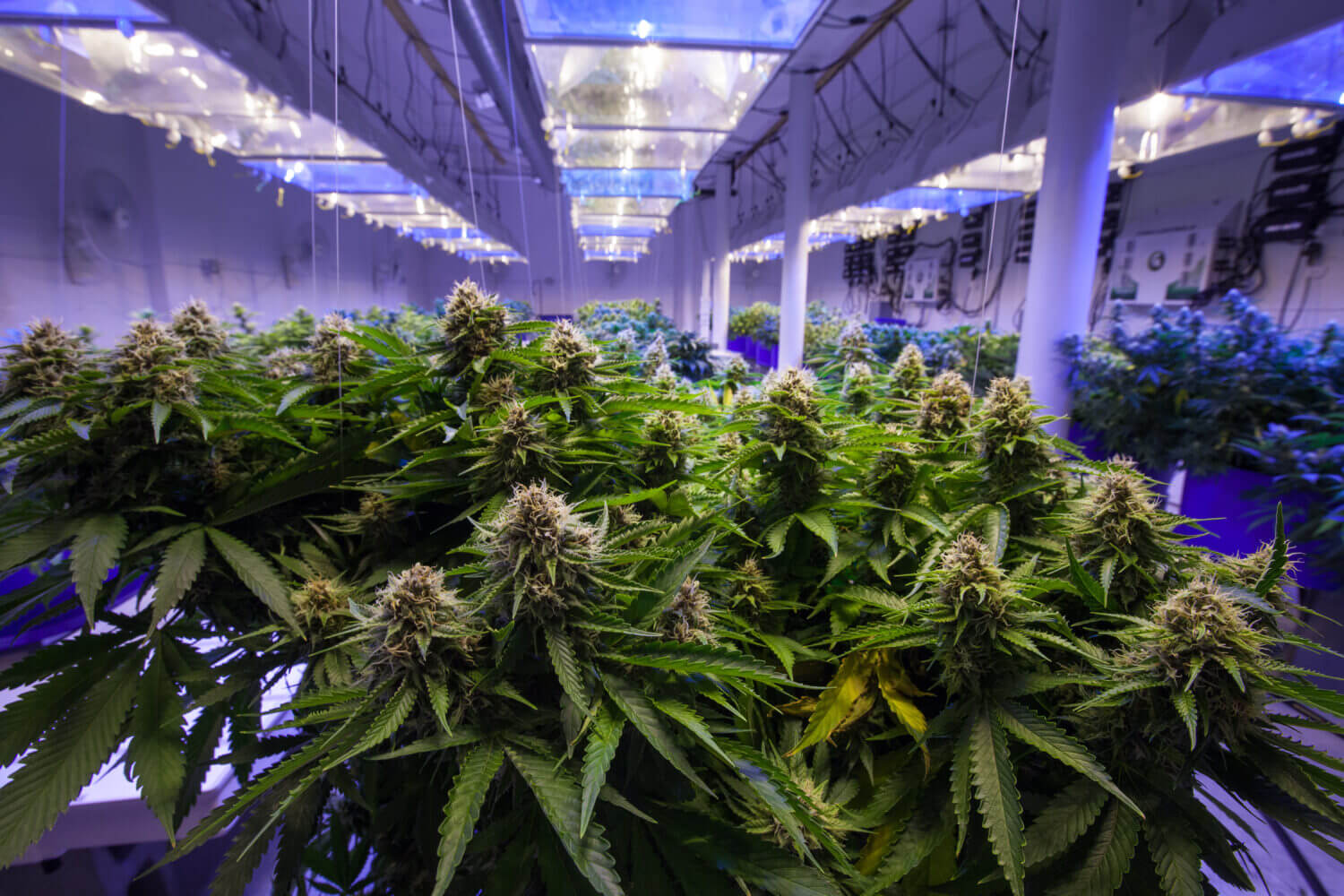Pot stocks see sales growth, but keep losing money
What should investors make of the first quarterly reports since cannabis became legal? More patience is needed.
Advertisement
What should investors make of the first quarterly reports since cannabis became legal? More patience is needed.

Share this article Share on Facebook Share on Twitter Share on Linkedin Share on Reddit Share on Email